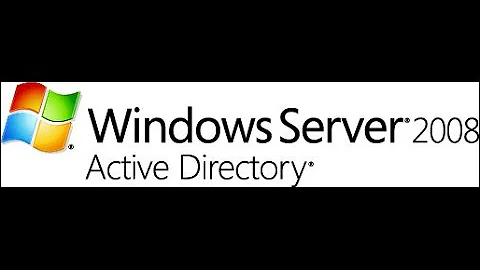How to properly setup a server "teaming" across multiple NIC's in windows server 2008?
Solution 1
For a single server, what you're essentially asking about in maximizing network throughput is not so much load balancing, but teaming.
Load Balancing is typically done by a "front-end" device that doesn't do a whole lot of processing, other than to keep track of traffic, and send any new incoming "requests" to the currently least-used application server. Multiple devices are involved here.
Teaming (or more loosely, bridging) makes multiple network cards appear as one card. So for example if you have 2 NICs at 1Gb speed, you can team them together to get up to 2Gb of throughput. With teaming, it is very important to make sure that the network hardware you're plugging into supports it. Most likely, you will also have to configure the switch, so that it knows to team the physical ports together. Otherwise, traffic can be delivered arbitrarily between the physical ports causing many connection issues (broken connections, lots of retransmissions, severely reduced throughput, etc).
So for the most network throughput on a single server, use NIC teaming. For distributing an application's load across a group of separate servers, think load balancing.
Solution 2
As routeNpingme pointed out, you should configure the switch accordingly.
If your NIC driver supports LACP, use is on the switch aswell. Otherwise, you'll have to stick with a static trunk on the switch. Here is a config example for Cisco:
Switch# conf t
Switch(config)# int g0/1
Switch(config-if)# channel-group 1 mode on
Switch(config-if)# exit
Switch(config)# int g0/2
Switch(config-if)# channel-group 1 mode on
Switch(config-if)# end
For LACP, you would do something like this:
Switch# conf t
Switch(config)# int g0/1
Switch(config-if)# channel-proto lacp
Switch(config-if)# channel-group 1 mode act
Switch(config-if)# exit
Switch(config)# int g0/2
Switch(config-if)# channel-proto lacp
Switch(config-if)# channel-group 1 mode act
Switch(config-if)# end
Related videos on Youtube
dnbwise
Updated on September 17, 2022Comments
-
dnbwise over 1 year
I created a Flex app in a Windows XP environment using Flex Builder 3.
From the menubar, I selected "Project->Export Build Release" and moved the files from /bin-release onto my local server (WAMP).
I have a PHP file that connects to a db and delivers some data via XML
Everything works right on my computer. Then I tried to move the app to a mac.
I installed MAMP with the default settings (localhost:8888)
I can connect to the PHP file and get the XML by hitting the appropriate URL on @ http://localhost:8888/...
Likewise, I can connect to the html template and the swf executes, but it doesn't seem to be getting the data back, and I don't get any debug info popping up.
Any ideas? Are there security settings enabled by default in Mac OS that would not allow a flex app to request data from a remote resource (i.e. http://localhost:8888/ in this case)?
-
Troggy almost 15 yearsI thought I might be mixing up the terms. Well written clarification.
-
azethoth almost 15 yearsAgreed, teaming sounds like it's what you want.




